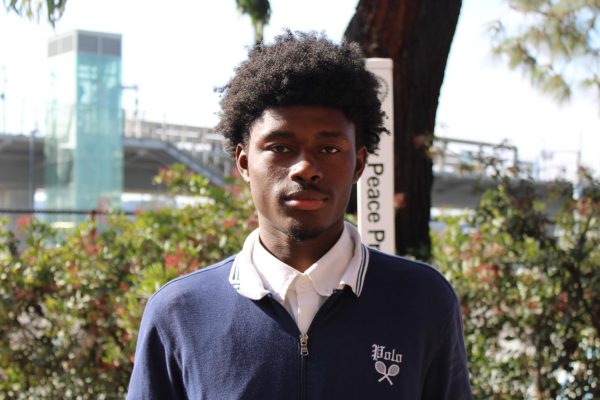The Dreadful Reality of a Beloved Amusement Park: Sea World
September 26, 2022
SeaWorld is the perfect place to observe an 8,000-pound marine animal do tricks in the water. This giant mammal, known to many as Shamu, is enclosed in tanks that are about 86 feet by 51 feet. This species is 30 feet long which means they only have about 56 feet to move around. Imagine an 8,000-pound 30 feet mammal only having 56 feet to roam in a tank.
“If you’re a tiger and you have acres to roam, that’s one thing. If you’re a whale that flicks its tail three times and hits a wall and has to turn around when you’re used to swimming 100 miles a day in the ocean I wouldn’t say they’re comparable,” Alex Ferrer, an investigator of the treatment of captive Orcas in SeaWorld, explains in an interview with CBS in 2019.
Not only are these large mammals forced to swim around in a tank that isn’t spacious enough for their body weight and size but they are being exposed to horrible conditions.
John Hargrove, former Orca trainer at SeaWorld and author of the book ‘Beneath the Surface ‘ explains in an interview with CBS in 2019 that the Orcas grind their teeth on the pool walls and ledges, which causes their teeth to fall out. The animals are also put in pools that are filled with harmful chemicals.
“They are being subjected to sunlight without shade protection that causes cataracts and damage to the eyes,” Hargrove explained.
The lack of space these Orcas encounter causes emotional and psychological distress, which leads to dangerous environments for the trainers and guests at the amusement parks. The movie “Blackfish” describes encounters between an Orca named Tilikum, the world’s largest whale held in captivity, and its trainers in Orlando SeaWorld. His captivity caused him to kill three trainers during his 30-year-long imprisonment at Seaworld.
This includes Dawn Brancheau, who was known as one of the greatest trainers who worked in Orlando SeaWorld. The documentary, “Blackfish”, describes her brutal death at the hands of a whale she worked very closely with: Tilikum. The documentary explains that Brancheau was pulled underwater and dragged along the pool by Tilikum’s mouth. She drowned and suffered blunt force trauma.
Brancheau is not the only trainer who has been dragged underwater by a whale, Hargrove briefly describes his experiences with aggressive behavior from the whales.
“I’ve had ten major water work aggressions where whales have grabbed me and pulled me under during my career,” Hargrove explains.
Although there have been many protests against the captivity and showing of Orcas in SeaWorld, around the globe, these creatures are still held in tanks in SeaWorld and participate in shows for the guests.
These creatures are being taken into captivity and forced to live a horrible life that puts everyone at risk. Beings such as these should not experience these dreadful conditions. They should be subject to the habitat and environment they are adapted to: the ocean.










